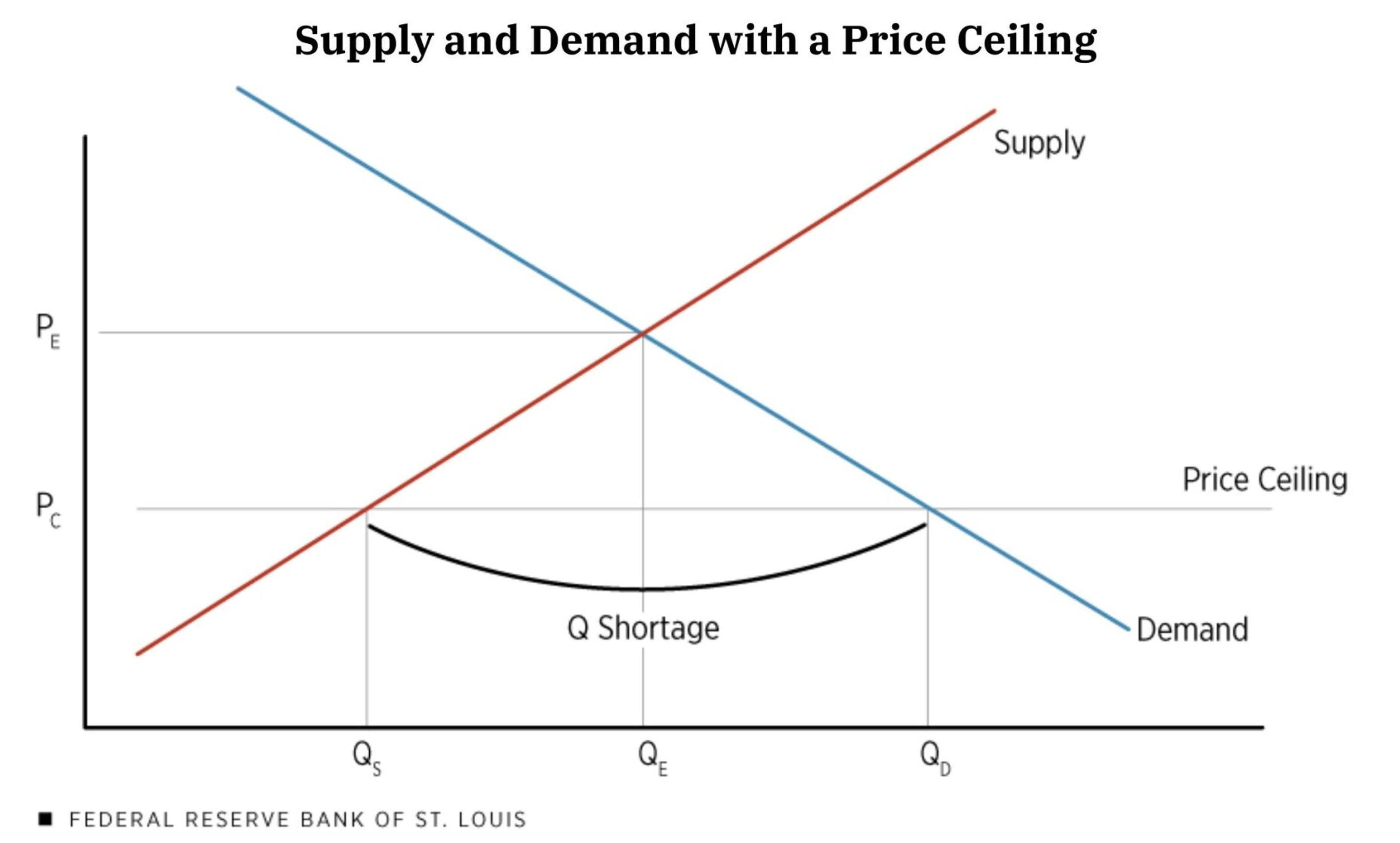The history of brucellosis, now one of the most heavily regulated infectious diseases within agricultural sectors, may illuminate more about the current political climate related to COVID-19.
During a lecture Tuesday as part of the University of Idaho’s weekly Malcolm Renfrew Interdisciplinary Colloquium, Kerri Clement, a postdoctoral fellow in UI’s History Department, detailed how the disease contributed to anti-government sentiments in agricultural communities following World War II.
“Agricultural producers in the late 1800s and early 1900s really began to pay attention to the disease because it can affect cattle,” Clement said.
The bacterial infection, which is rare among humans in the U.S., has been found in bison and elk within Yellowstone National Park and in animals around the globe.
With the hopes of eliminating brucellosis from its herds, the Montana Stockgrowers Association sought local control and pushed for what was called a livestock sanitary board in 1907. According to Clement, the association was one of the most powerful political organizations in Montana at the time.
“As scientific attention on the disease grew, the bacterial infection itself would prove to be a difficult opponent,” she said. “In many ways, the fight over brucellosis regulations would demonstrate how the Montana Growers Association would face challenges to its strong power dynamics within both the political and economic sectors in the state.”
After World War II, national efforts to fight brucellosis in the U.S. grew rapidly. The country shifted from simply hoping to control brucellosis to wishing to eradicate it.
There were huge pushes at the federal level to create and implement what was perceived as draconian regulations to control the disease, Clement said.
“What ends up happening is the cattlemen within the state of Montana begin to push back against that,” Clement said. “In many ways, the opposition those cattlemen exhibited reflects later anti-statism ideology and activism, for example, that would be seen potentially in the Sagebrush Rebellion of the 1970s and 1980s.”
The Sagebrush Rebellion was a movement largely in the Western U.S., including Montana, which supported transferring public land from federal to state control to claim grazing rights and promote economic development.
Sagebrush rebels later contributed to other anti-government movements, such as the Montana militia group in the 1990s.
“As these more draconian measures were implemented, the government and the Montana Stockgrowers Association were essentially placed in a position where they were advocating for them,” Clement said. “These measures included advocating for a brand-new vaccine against brucellosis.”
She says stockmen had severe doubts about whether the new vaccine was sustainable.
Livestock officials wanted the cattlemen to comply with the regulations which included mandatory vaccine requirements, testing and slaughter.
“Test and slaughter meant test for the disease and if the animal counted as a positive case it was slaughtered,” Clement said. “In some cases, the entire herd was slaughtered.”
More information about the Malcolm Renfrew Interdisciplinary Colloquium can be found on UI’s website.
Palermo can be reached at apalermo@dnews.com or on Twitter @apalermotweets.








